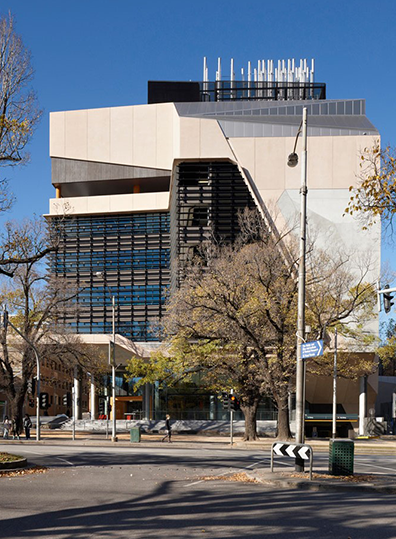
Melbourne Brain Centre Post Occupancy Elevation
Parkville, Victoria
Project Description
A year after occupation of the Melbourne Brain Centre, the University of Melbourne’s Property and Campus Services (PCS) commissioned DPS to undertake an independent Post Occupancy Evaluation (POE) to provide feedback on the overall outcome of the building design and delivery process. The objective of the POE was two-fold.
- to gain an in-principle understanding of the building’s functional performance based on an overall ‘fit’ with end users’ expectations, and
- to provide delivery process feedback that identified which aspects of the project were done well, and which aspects could have been improved, and how.
The functional performance component of the review was based principally on occupant survey feedback, observation and follow-up enquiry benchmarked against a global data set. The delivery process component provided feedback on a phase-by-phase basis. Qualitative and quantitative data collection methods were used as part of a people and process focused approach. The aim was to identify actionable items for possible integration in the delivery of future projects at the University.
Role
DPS led a review team that coordinated multiple sources and methods of data collection, consolidated and synthesized findings over a 3-month period. Surveys, interviews, and focus groups, observation, and desktop survey methods were utilized with the wide range of end-users, neuroscientists, lab and property managers, technicians, researchers, project designers, engineers, and contractors that participated in the review. Findings were consolidated, synthesized and reviewed using triangulating methods for data analysis to validate findings. Outcomes were communicated in a ‘lessons learned’ framework, using report and presentation formats to enable individuals and groups within PCS to interrogate and work with the feedback.
Challenges
The primary challenge was to ensure that the qualitative and quantitative data set was not compromised, included an appropriate range and representation of end-users and project stakeholders and could be synthesized. Project co-ordination and stakeholder communication was key to ensure appropriate representation and that feedback loops for sharing ‘lessons learned’ were active.